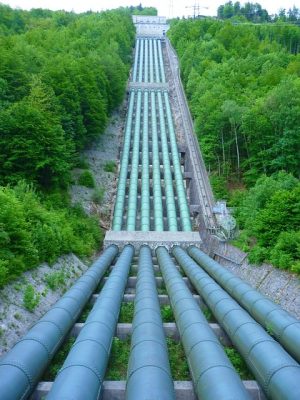Are you tired of recurring pipe leaks? This comprehensive guide unravels the complexities of pipe repair. From understanding leak causes and assessing damage to choosing the right tools and professional services, we’ve got you covered. Learn effective step-by-step repairs for various pipe types and implement preventive measures to avoid future leaks. Discover when to call in experts and what to look for in a reputable plumbing service. Equip yourself with the knowledge to fix pipe leaks efficiently and safely.
Understanding Pipe Leaks: Common Causes and Types
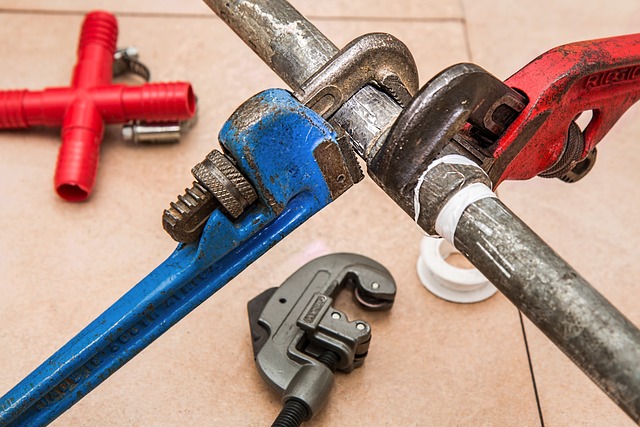
Pipe leaks are a common problem for both residential and commercial properties. Understanding the causes and types of these leaks is crucial for effective pipe repair.
The most frequent culprits include corrosion, which weakens pipe materials over time, especially in older plumbing systems; cracks or damage to the pipes due to freezing and thawing cycles or construction work; loose connections at joints or fittings; and tree roots infiltrating sewer lines. Different types of leaks manifest in various ways—from small drips that can lead to significant water waste, to gushing torrents that pose immediate safety hazards. Identifying the specific type of leak is key to selecting the right pipe repair method, ensuring efficient and long-lasting solutions.
Assessing the Damage: Identifying Leak Severity and Affected Areas
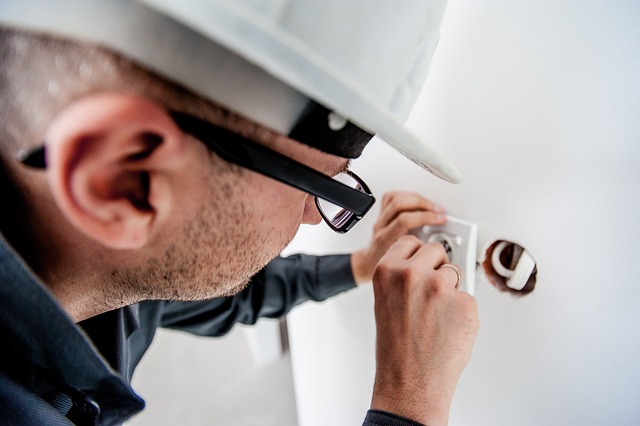
Assessing the Damage: Identifying Leak Severity and Affected Areas
When dealing with pipe leaks, the first step in any effective pipe repair process is to thoroughly assess the damage. This involves determining both the severity of the leak and the areas affected by it. Start by inspecting visible signs such as water stains, mold growth, or deformities on walls, ceilings, and floors. Check for dripping pipes, wet spots, or puddles that could indicate active leaks. Move on to checking beneath fixtures like sinks, toilets, and appliances for any signs of water damage or excessive moisture.
Next, locate the source of the leak by tracing the water supply lines and examining fittings, valves, and connections. Listen for unusual noises coming from pipes, as these can also signal a potential leak. By accurately identifying the extent and location of the problem, you’ll be better equipped to select the appropriate pipe repair methods and materials for an effective and lasting solution.
Temporary Fixes for Emergency Situations

In emergency situations where a pipe leak cannot wait for professional repair, temporary fixes can offer a stopgap solution. One common and effective method involves using a clamping system to stem the flow of water. This involves tightly securing a metal clamp around the affected area, exerting pressure to close off the leak. Another DIY approach is to use a piece of wood or cardboard as a plug, inserted into the leak until a permanent repair can be made. While these methods are not as robust as proper pipe repair, they can help mitigate damage and prevent further flooding.
For larger leaks or those in hard-to-reach areas, turning off the main water supply valve is crucial. Located near the water meter, this valve controls the flow of water throughout your property. Closing it can significantly reduce water damage until a professional pipe repair service can be arranged. Remember that proper identification and understanding of your plumbing system are essential for effective temporary fixes.
Equipment and Tools Required for Effective Repairs

To undertake effective pipe repair, a variety of specialized equipment and tools are essential. These include pipe wrenches for securing and tightening connections, pliers for gripping and bending metal, and a range of clamps to hold pipes in place during the repair process. Additionally, you’ll need thread tape or pipe dope to ensure a watertight seal, as well as various types of replacement pipes, couplings, and fittings depending on the specific damage encountered.
A multimeter is also valuable for testing electrical components, while safety gear such as gloves, goggles, and protective clothing are non-negotiable to prevent injuries during potentially hazardous repairs. Depending on the scope of the leak, a professional may also utilize advanced tools like hydraulic lifts or specialized leak detection equipment to access and fix hard-to-reach areas effectively.
Step-by-Step Guide to Repairing Different Types of Pipes
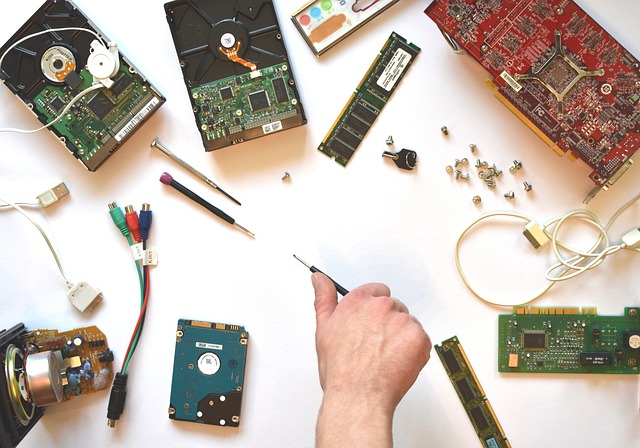
When repairing pipes, understanding the type of pipe is crucial. Start by identifying the material—plastic, copper, or metal—as this dictates the tools and methods required.
For plastic pipes, use a pipe repair kit with a heat gun to soften the pipe before inserting a patch or replacement section. Metal pipes may need cutting out and replacing entirely, requiring specialized tools and knowledge. If the leak is in a copper pipe, solder a new section on, ensuring a precise fit. Each method demands precision and the right equipment for effective long-lasting repairs.
Preventive Measures: Tips for Avoiding Future Pipe Leaks
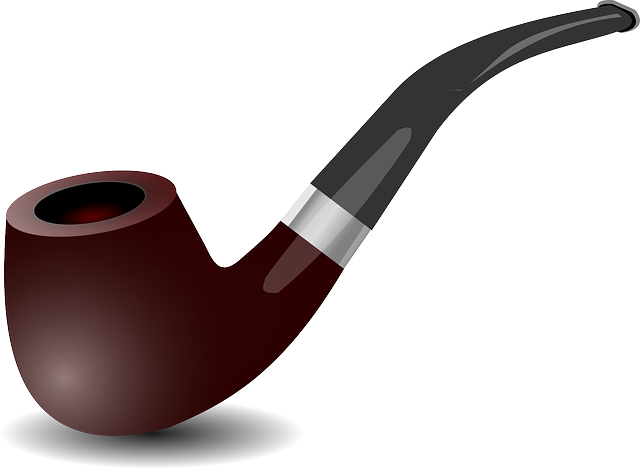
To prevent future pipe leaks, regular maintenance is key. Start by inspecting pipes for any signs of damage or corrosion, especially in older homes. Keep an eye out for moisture or mold, as these could indicate a leak somewhere in the system. Regular cleaning and flushing of plumbing can also help to prevent clogs and issues that lead to pipe damage.
Additionally, consider using insulating materials to protect pipes from extreme temperatures, which can cause them to expand and contract, leading to cracks. Keep valves and fixtures in good working order, replacing worn-out parts promptly. Lastly, stay vigilant about what goes down the drain; avoid flushing non-biodegradable items and ensure proper disposal of chemicals, as these can harm pipes over time.
When to Call in the Professionals: Recognizing Complex Issues
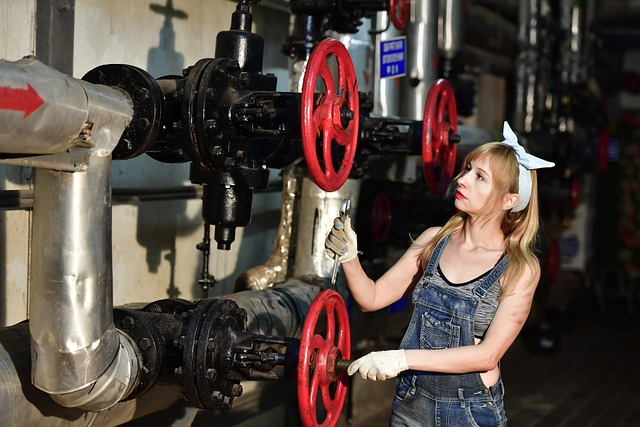
When to Call in the Professionals: Recognizing Complex Issues
Pipe leaks can range from minor inconveniences to major crises. While small, manageable leaks can often be repaired by homeowners with basic DIY skills and tools, there comes a point where the issue is no longer straightforward. Complex pipe repair situations may involve hard-to-reach areas, multiple faulty pipes, or damage caused by underlying structural issues. If you notice persistent or widespread leaks that don’t respond to temporary fixes, it’s crucial to recognize when professional help is needed.
Professional plumbers are equipped with specialized tools and expertise to tackle these complex scenarios effectively. They have access to advanced diagnostic techniques, such as video inspection cameras, which can pinpoint problem areas hidden behind walls or beneath floors. By calling in a pro, you ensure that the root cause of the leak is accurately identified and properly addressed, preventing further damage and costly repairs down the line.
Choosing a Reputable Plumbing Service: What to Look For

When choosing a plumbing service for pipe repair, reputability is paramount. Look for companies with a proven track record of quality work and satisfied customers. Check online reviews and ask for references to gauge their reliability and craftsmanship. A reputable service will have licensed, insured, and experienced plumbers who can handle any pipe repair or replacement job efficiently and effectively.
Consider the types of services they offer, their response time, and cost estimates. Reputable plumbing services should provide transparent pricing, detailed assessments, and flexible scheduling options. They should also be equipped to handle both minor leaks and complex pipe issues, ensuring your home’s plumbing system is in safe hands.
